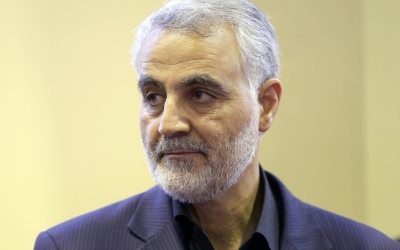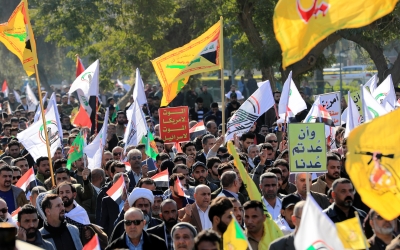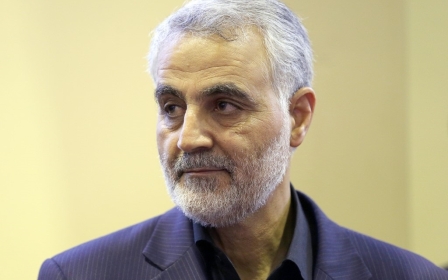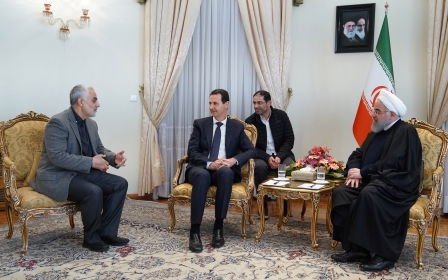Who was Abu Mahdi al-Muhandis?
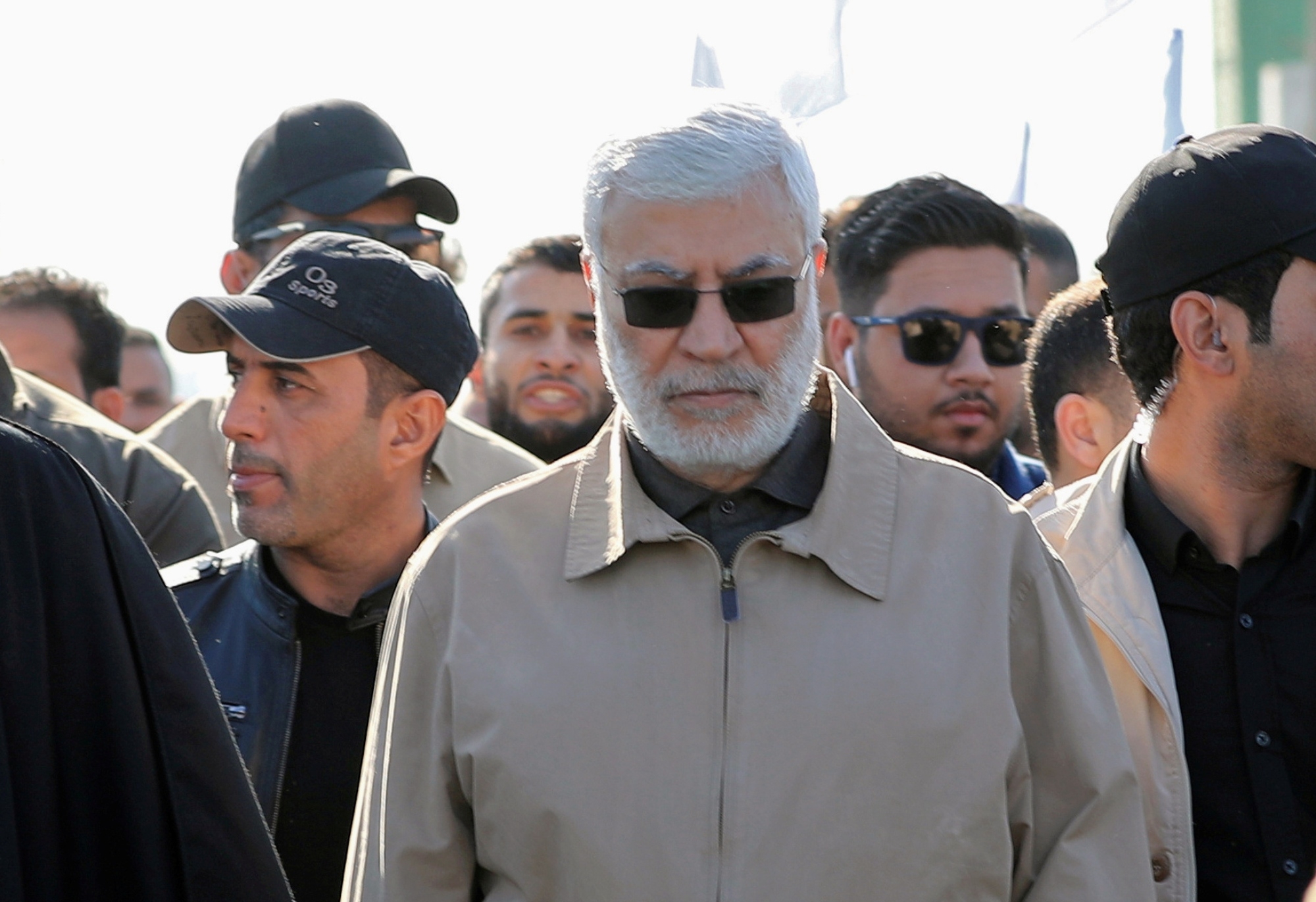
The news of a US air strike targeting top Iranian general Qassem Soleimani in Baghdad's international airport on Friday has sent shockwaves across the region - eclipsing the death of another significant player who was among the 10 people killed in the attack.
Abu Mahdi al-Muhandis, the deputy head of the Iran-backed Hashd al-Shaabi Iraqi militia, may have been a far less prominent figure than Soleimani, head of Islamic Revolutionary Guard Corps' Quds Force overseas wing; but Muhandis himself has a long history of involvement in military and paramilitary groups and his death highlights Iran's influence in Iraqi armed groups.
So who was the man widely recognised as the leading figure of Hashd al-Shaabi, the group which recently came to the fore for its storming of the US embassy on 31 December?
Gulf War
The man who would later be known under the nom de guerre of Abu Mahdi “the Engineer” was born in 1954 in the southern Iraqi city of Basra as Jamal Jaafar al-Ibrahim, the son of an Iraqi father and Iranian mother.
In the late 1970s, the graduate of civil engineering joined the Islamic Dawa Party, which fiercely opposed the Baathist government of Iraqi autocrat Saddam Hussein and would lead an insurgency against him during the Iran-Iraq war of 1980-1988.
In 1979, as the Iraqi government sentenced to death hundreds of opponents, Muhandis fled to Iran where he became known as Jamal al-Ibrahimi, married an Iranian woman and became a citizen.
He became involved with the Iranian Revolutionary Guard during the Gulf War. The United States accused Muhandis of orchestrating attacks on US and French embassies in Kuwait in 1983 and of plotting to hijack a Kuwaiti airliner in 1984 and assassinate Kuwaiti Prince Jaber al-Sabah.
Dawa claimed responsibility for these attacks, which sought to undermine Kuwait’s support of Saddam. Kuwait sentenced Muhandis to death in absentia for his role in the attacks after he had already fled the country for Iran on a Pakistani passport.
By 1985, Muhandis had become a member of the Islamic Supreme Council of Iraq, a broad alliance of Shia political factions established in Iran in 1982 by politician and cleric Mohammed Baqr al-Hakim. He became the leader of the council’s armed wing, the Badr Brigades, in the 1990s.
Iraq after the US invasion
In 2003, he returned to Iraq and became a member of parliament two years later running on Dawa’s electoral list under the name Jamal al-Ibrahimi. He also served as a security adviser to Ibrahim al-Jaafari, Iraq’s first prime minister after the US invasion.
But in 2006, the US uncovered the MP’s connection to the 1983 bombings, prompting Muhandis to once again flee the country for Iran, only returning to Iraq for visits in 2011 after the US withdrew most of its troops from the country.
During this period of exile, Muhandis became the head of Kataib Hezbollah, an Iran-backed Iraqi militia.
In 2014, he moved on to help lead the newly formed Hashd al-Shaabi - or Popular Mobilisation Forces - a militia umbrella group created to fight against the Islamic State (IS) in Iraq.
While IS was officially defeated in 2018, the Iran-backed Hashd al-Shaabi has since remained a fixture of the Iraqi landscape, with its political wing securing a number of seats in parliament.
While the group has backed the state since anti-government protests emerged in October, some of its members briefly joined the popular uprising in December - a move that was met with apprehension by many demonstrators.
On Tuesday, members of Hashd al-Shaabi were front and centre in the storming of the US embassy in Baghdad, after American air strikes in Iraq and Syria that killed more than two dozen Iran-backed militia fighters at the weekend.
That fracas followed US air strikes on Sunday against Kataib Hezbollah, which were a response to a rocket attack on an Iraqi military base in Kirkuk on 27 December that killed a US defence contractor.
The embassy assault on 31 December angered Washington, which accused Iran of being behind the incident, likely acting as a catalyst for the decision to assassinate Soleimani.
Less than 24 hours after the deadly operation against the Iranian commander, it remains unknown whether Muhandis’ death was a deliberate move on behalf of the Trump administration - or an unforeseen consequence.
Middle East Eye propose une couverture et une analyse indépendantes et incomparables du Moyen-Orient, de l’Afrique du Nord et d’autres régions du monde. Pour en savoir plus sur la reprise de ce contenu et les frais qui s’appliquent, veuillez remplir ce formulaire [en anglais]. Pour en savoir plus sur MEE, cliquez ici [en anglais].


